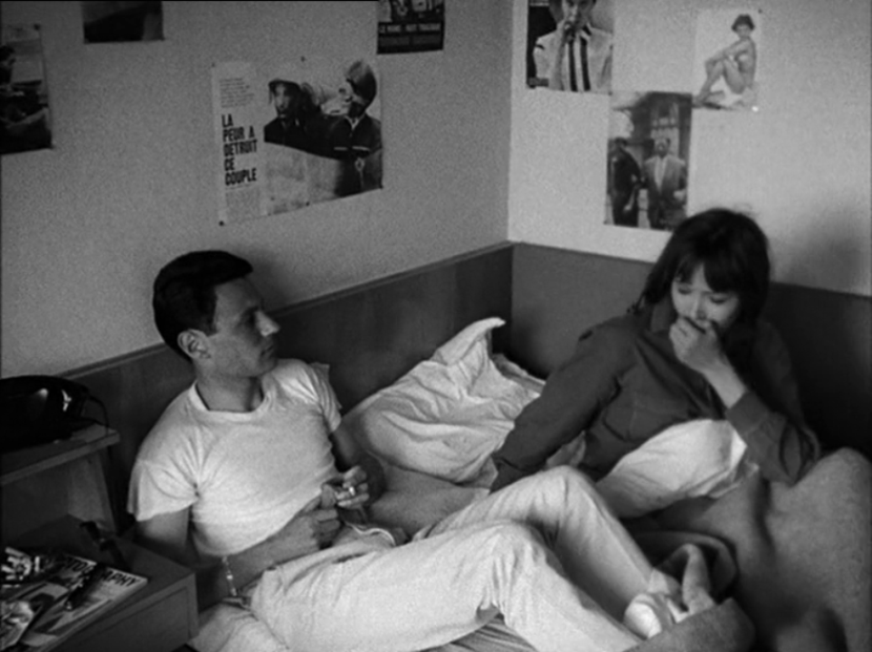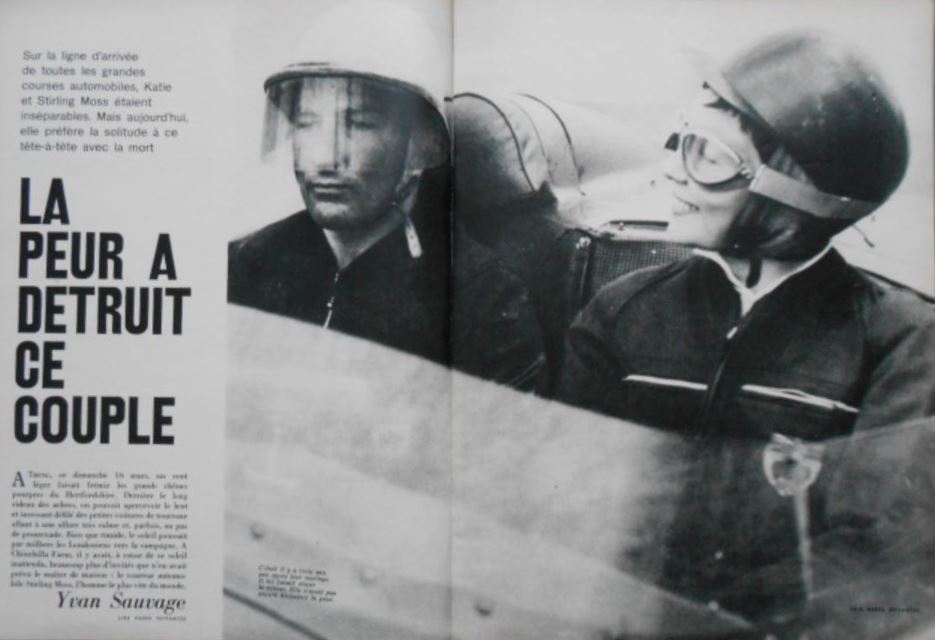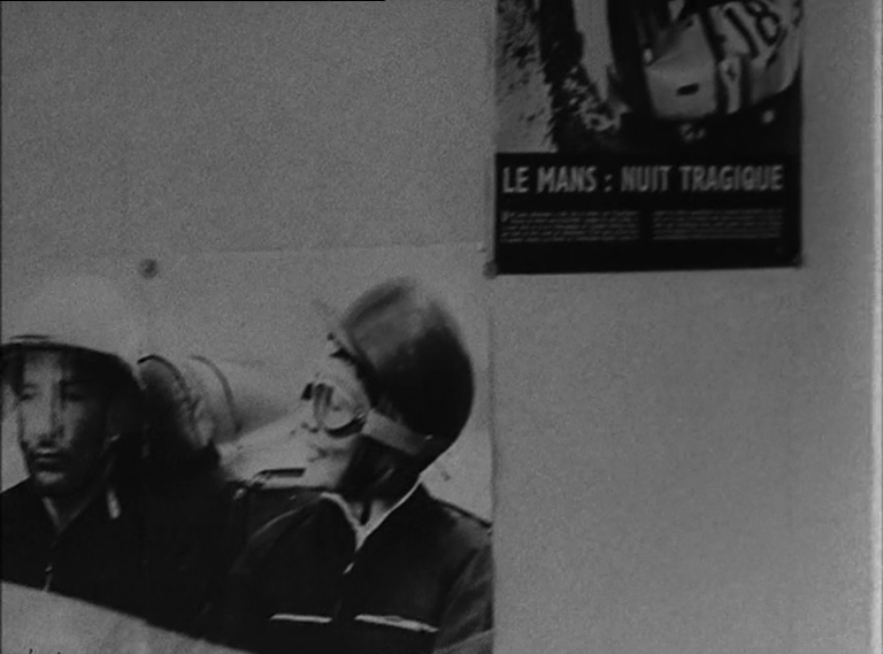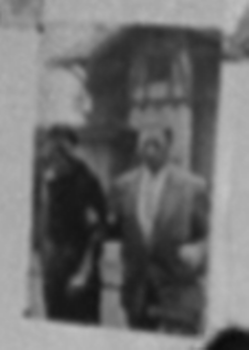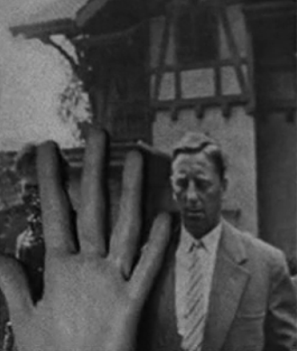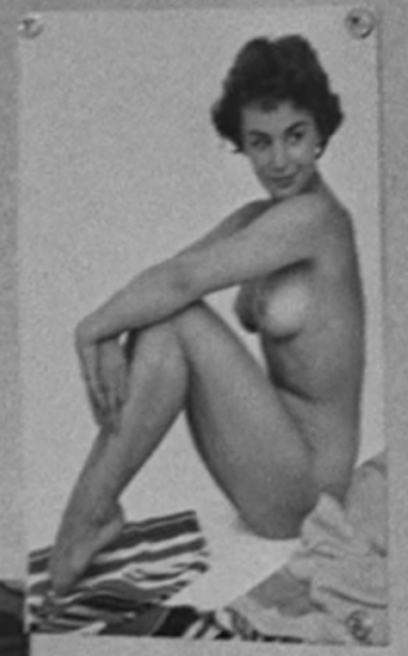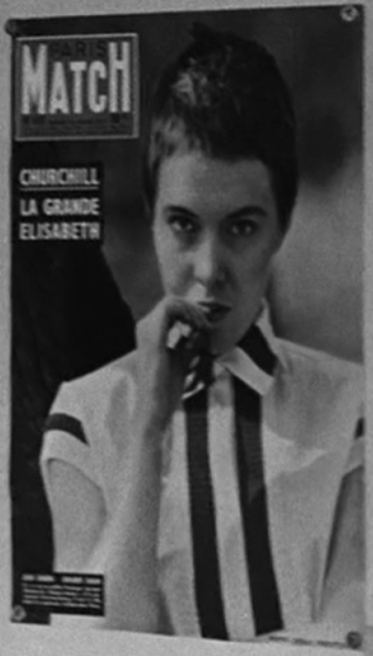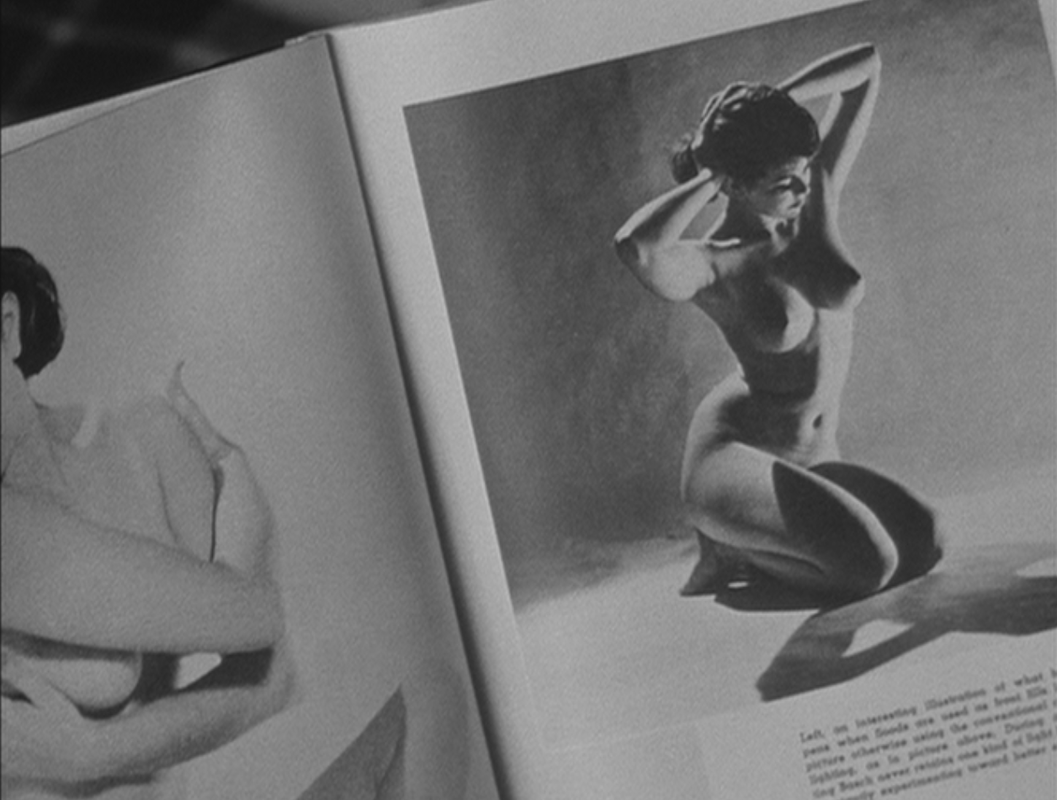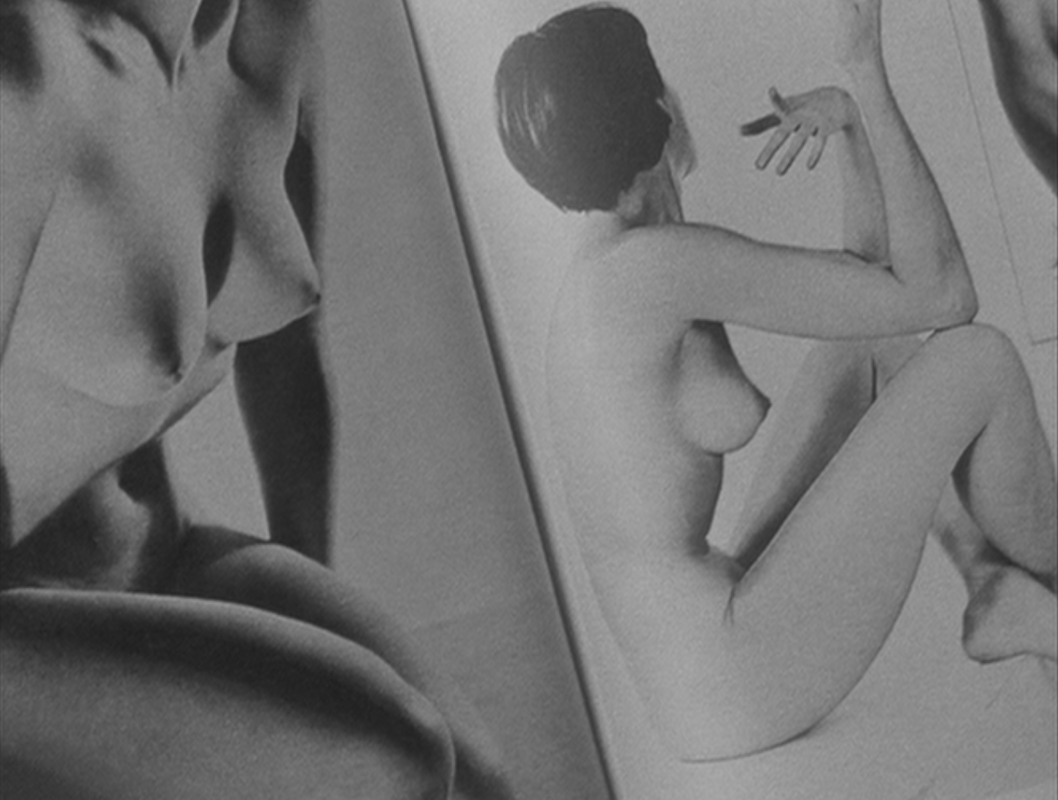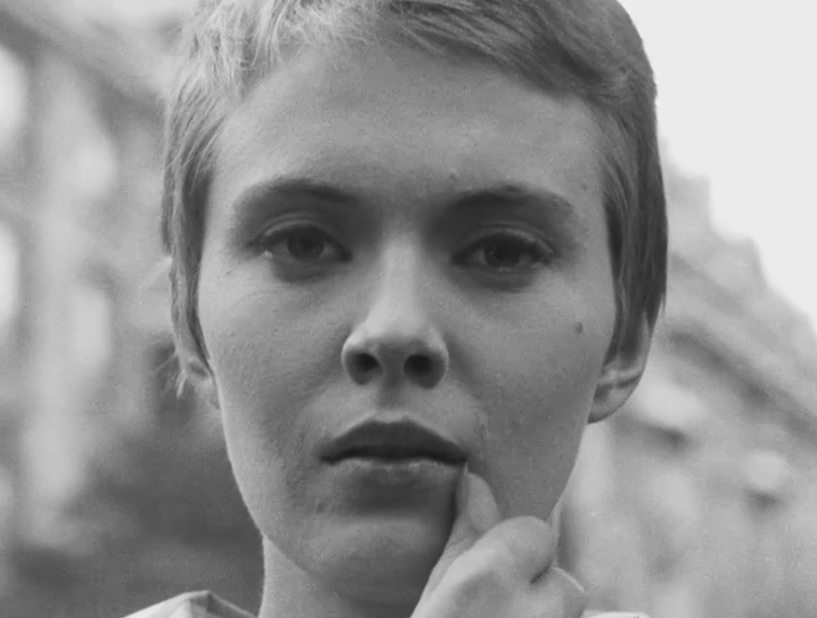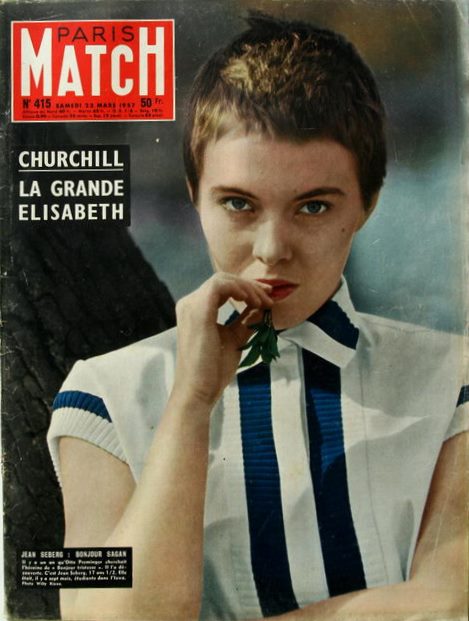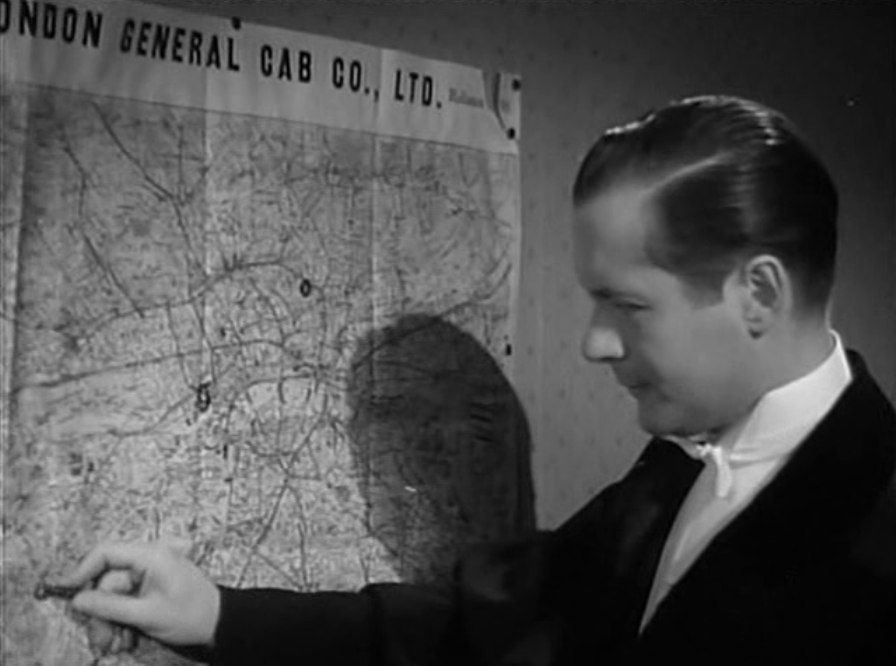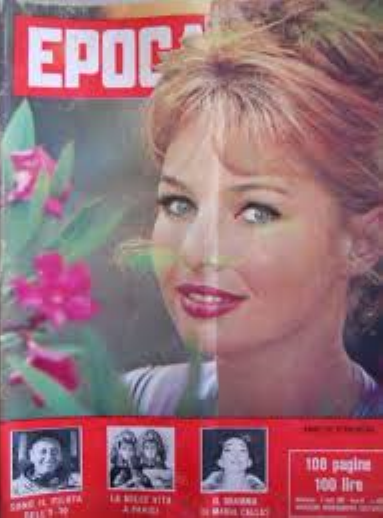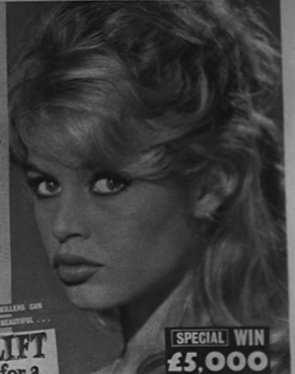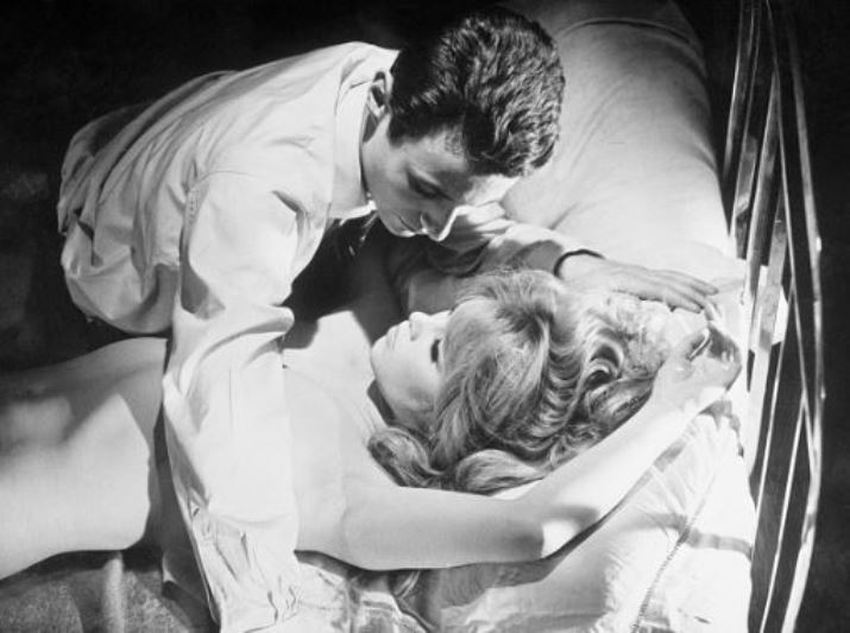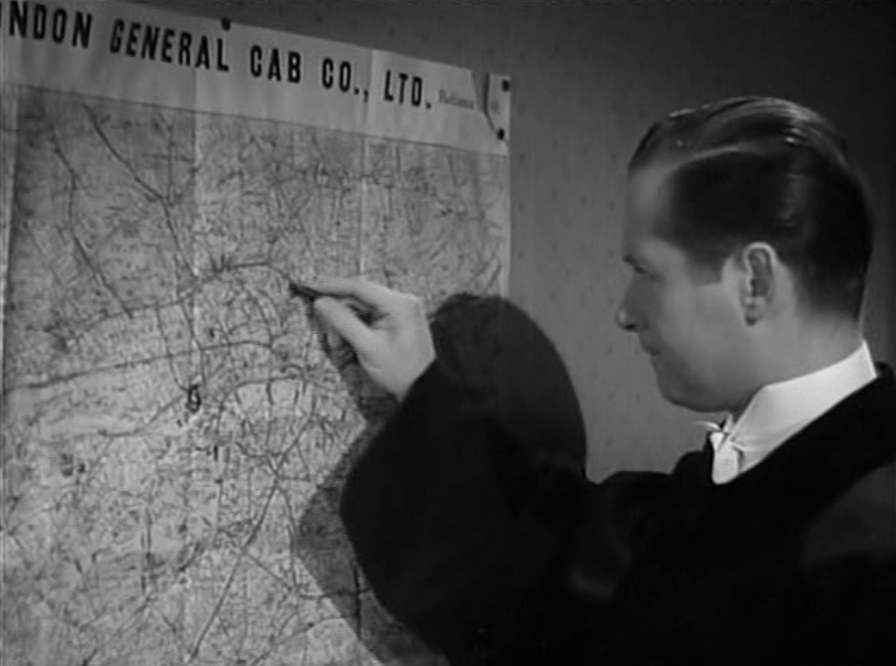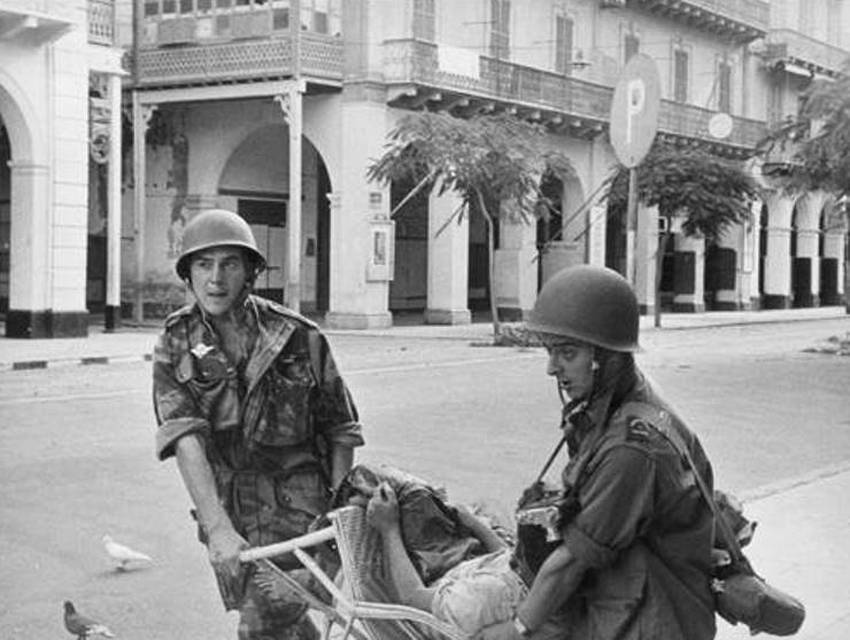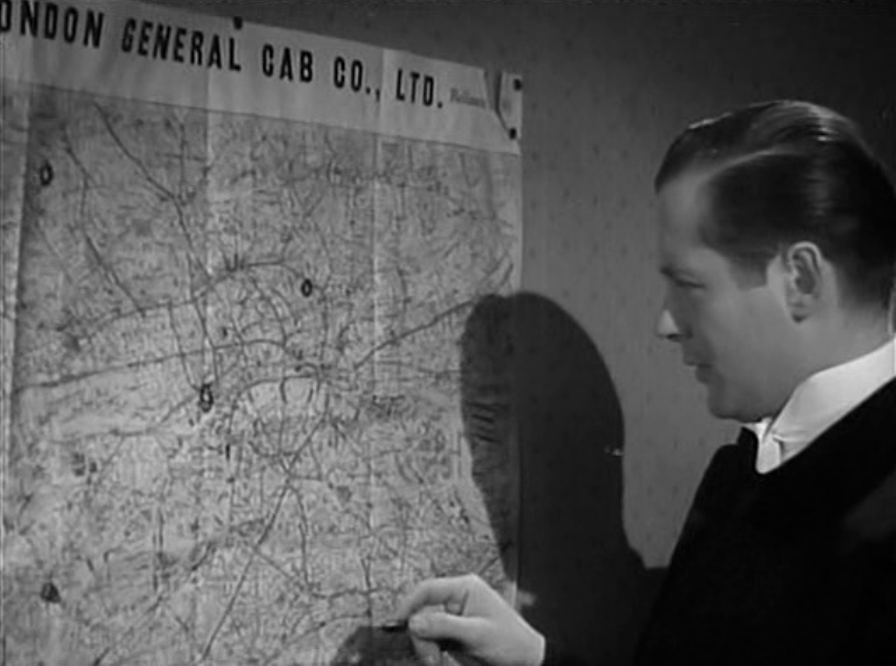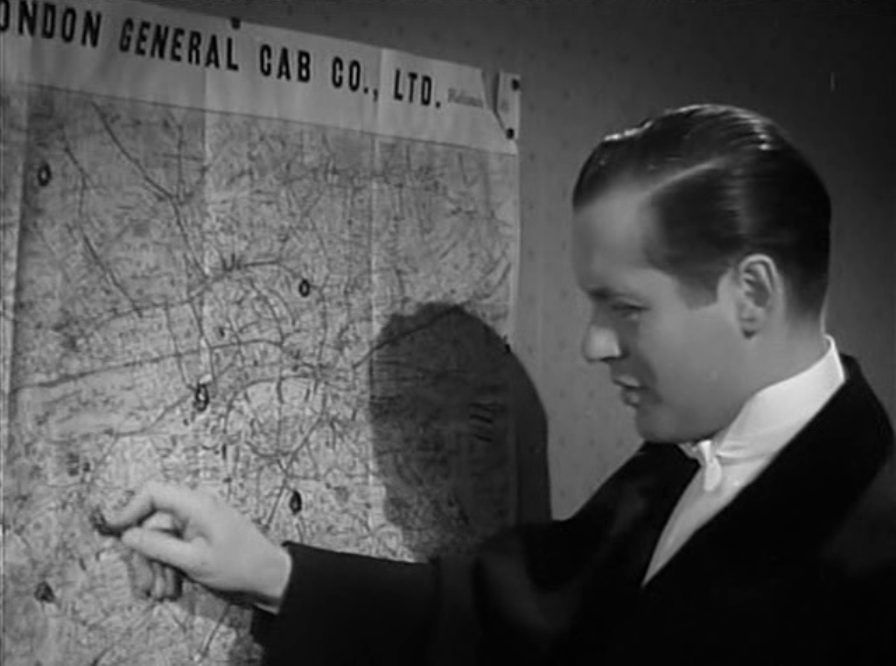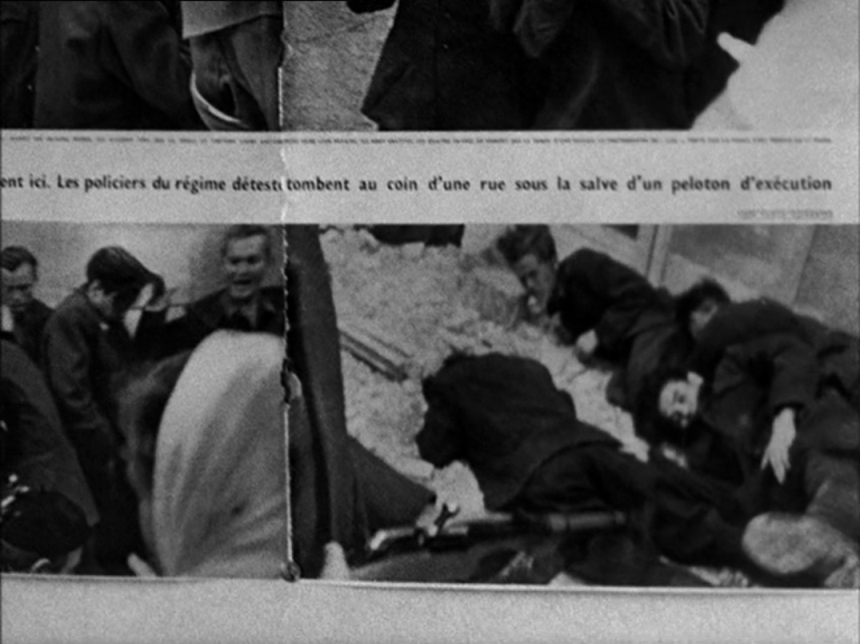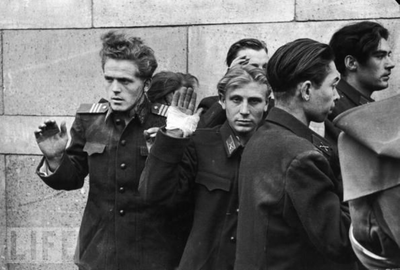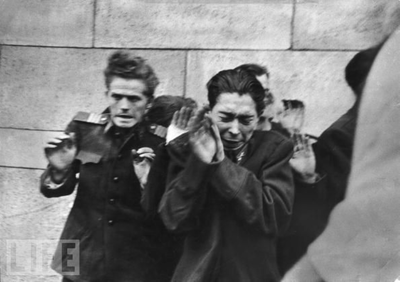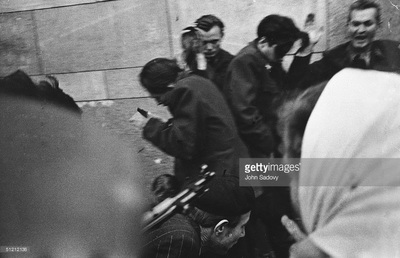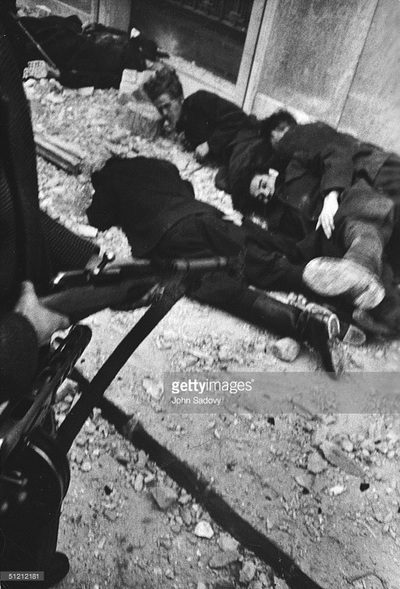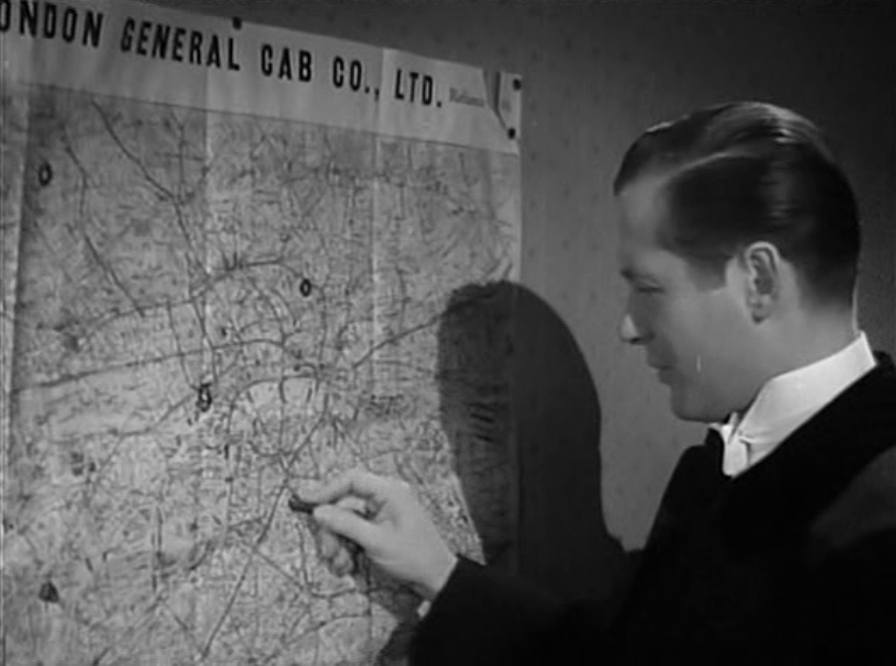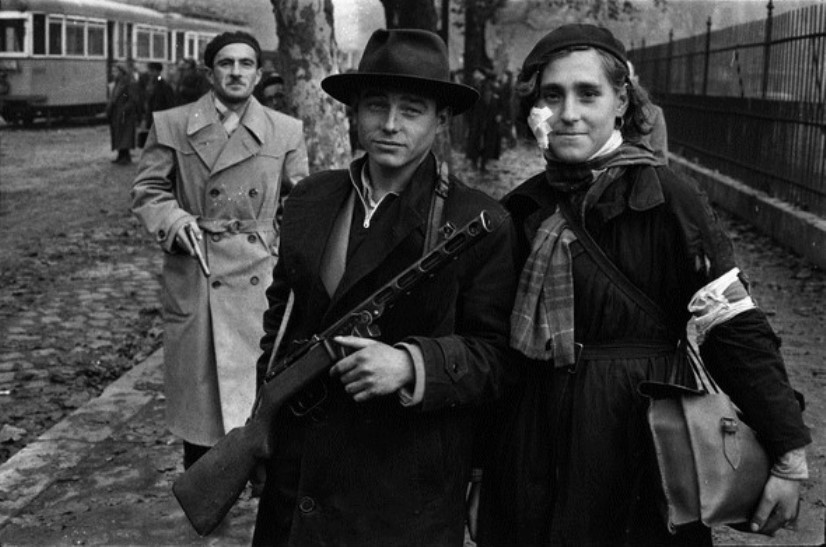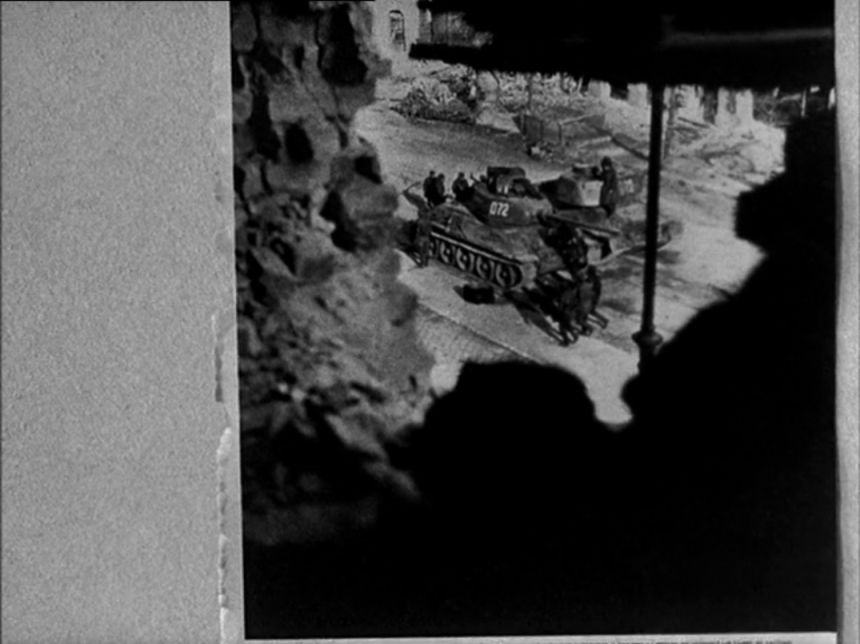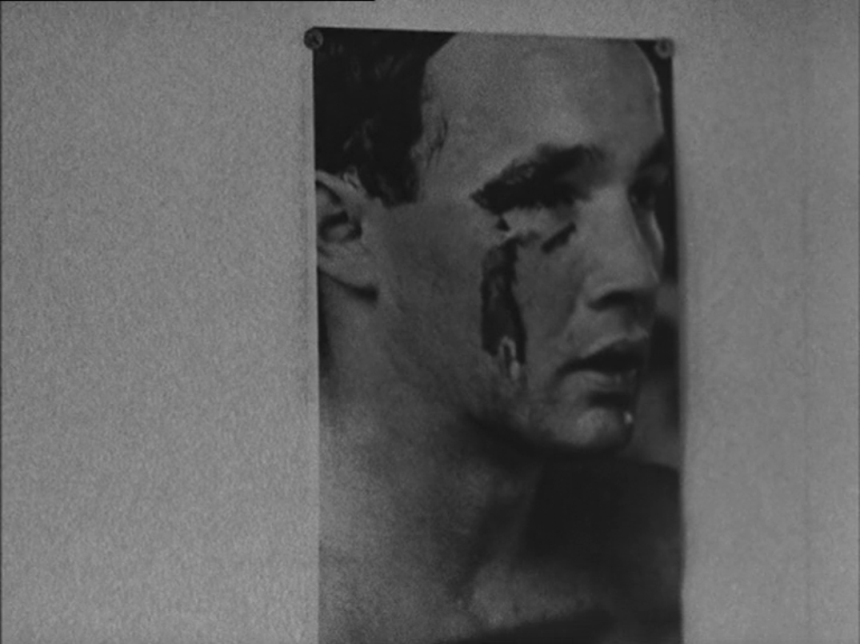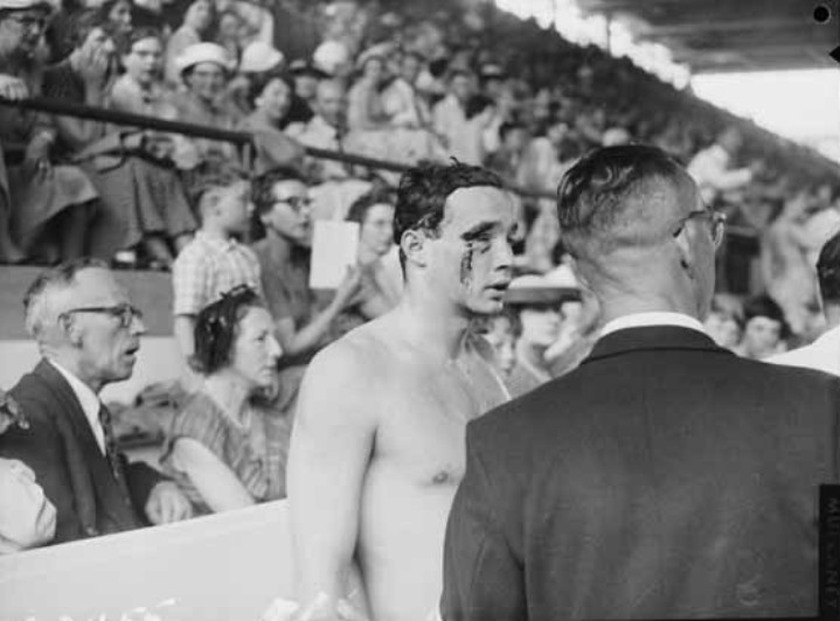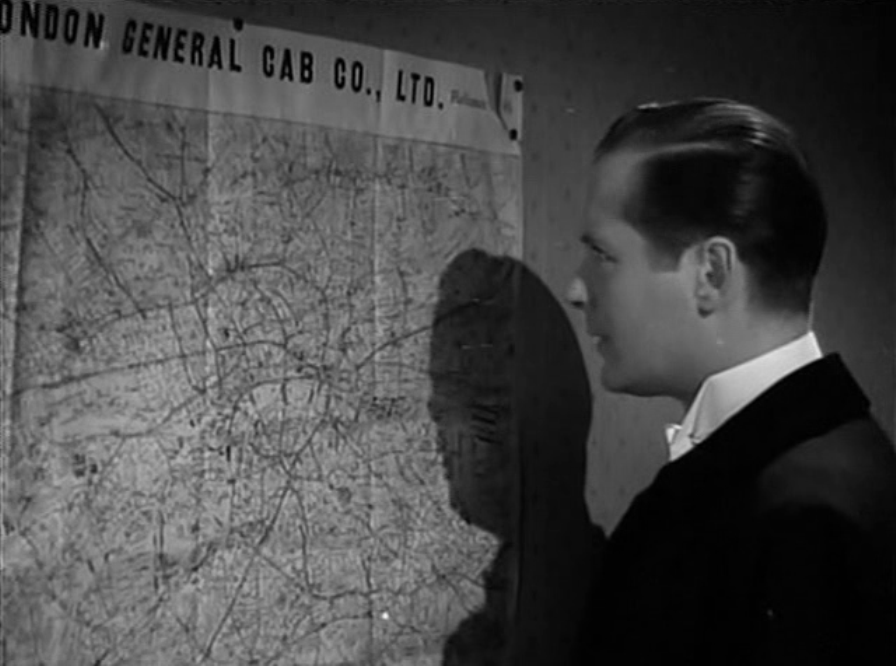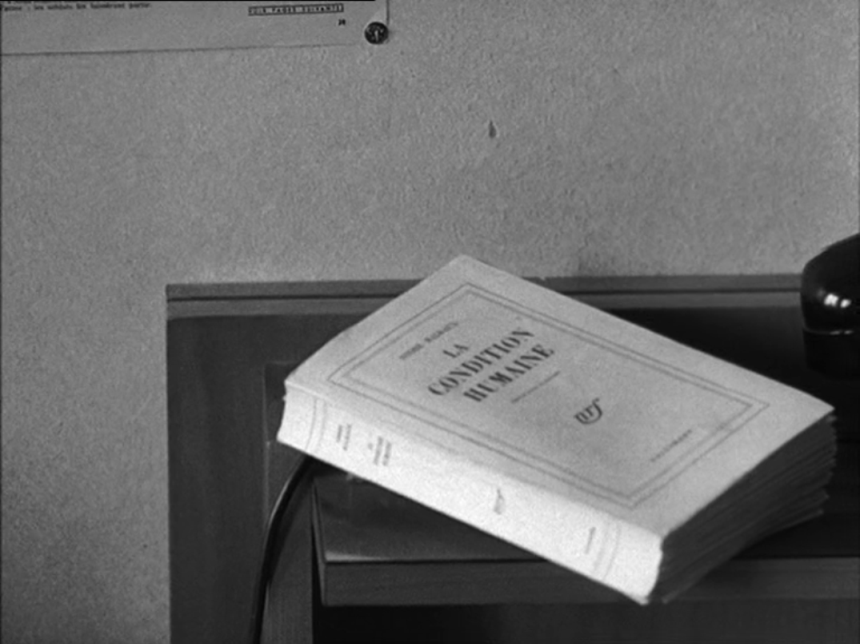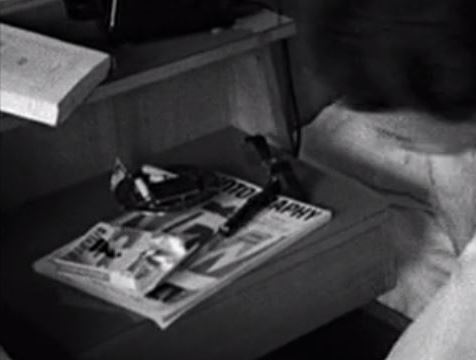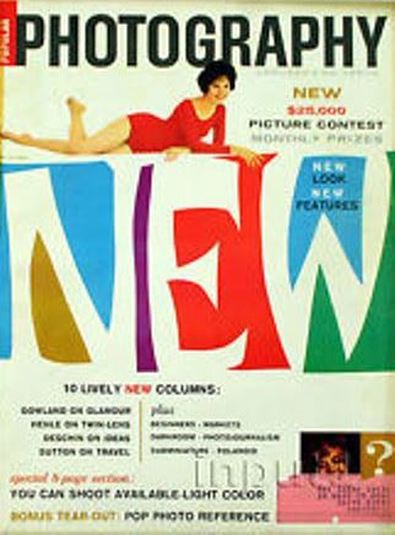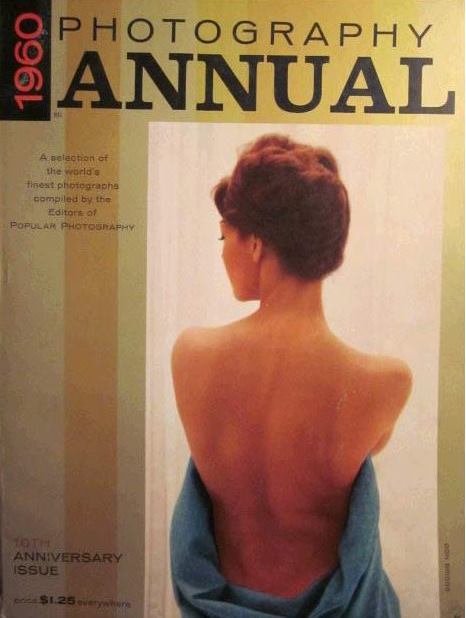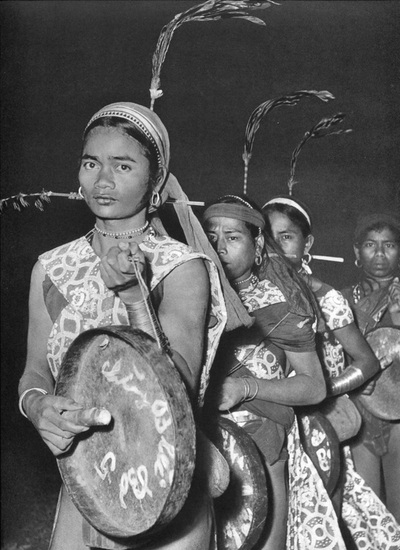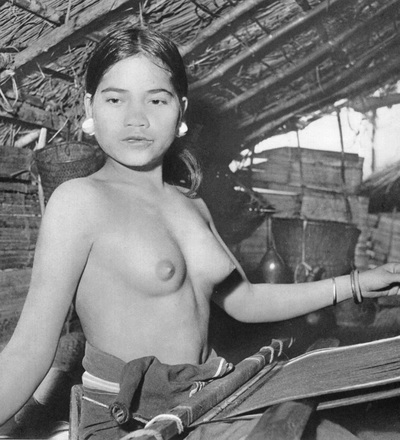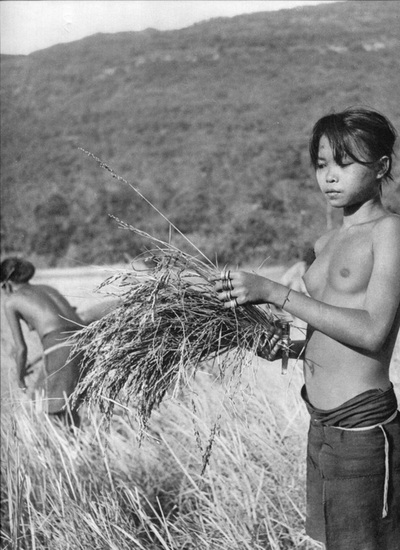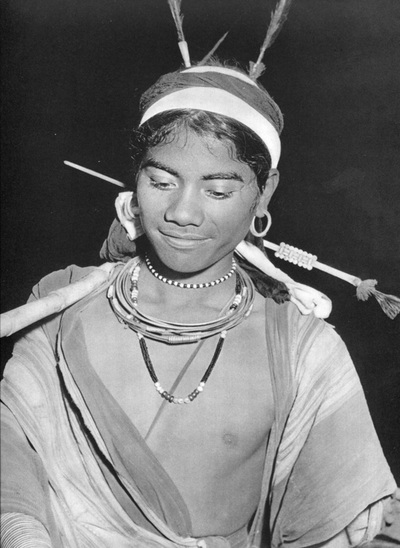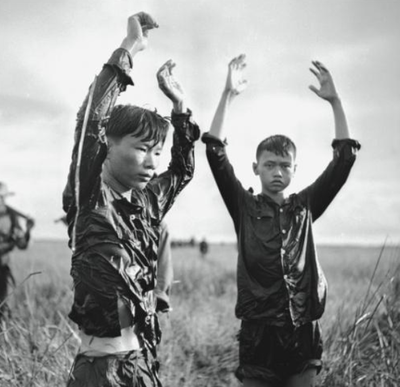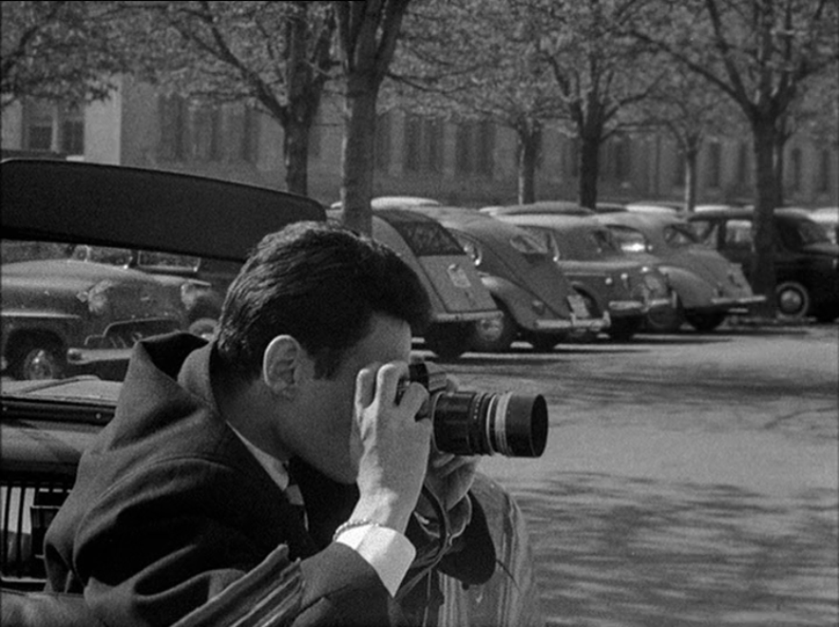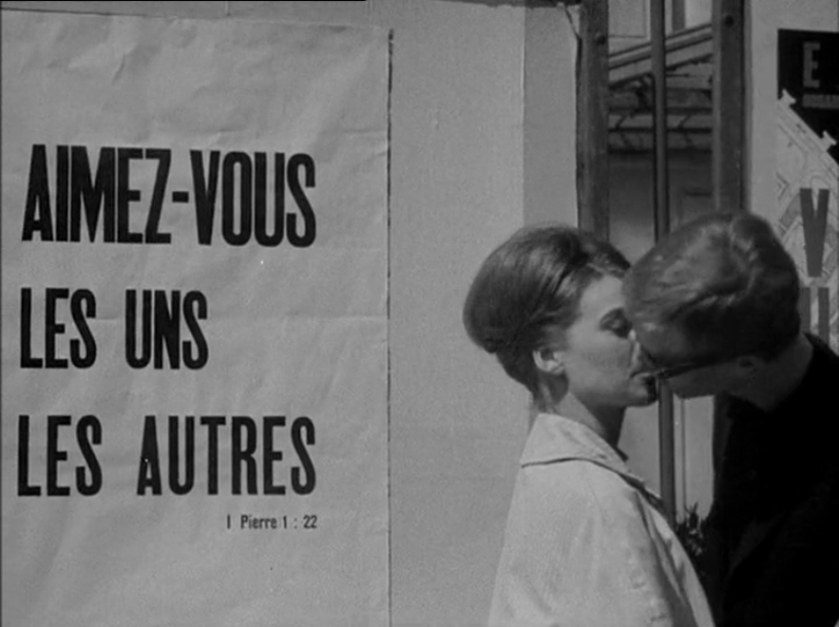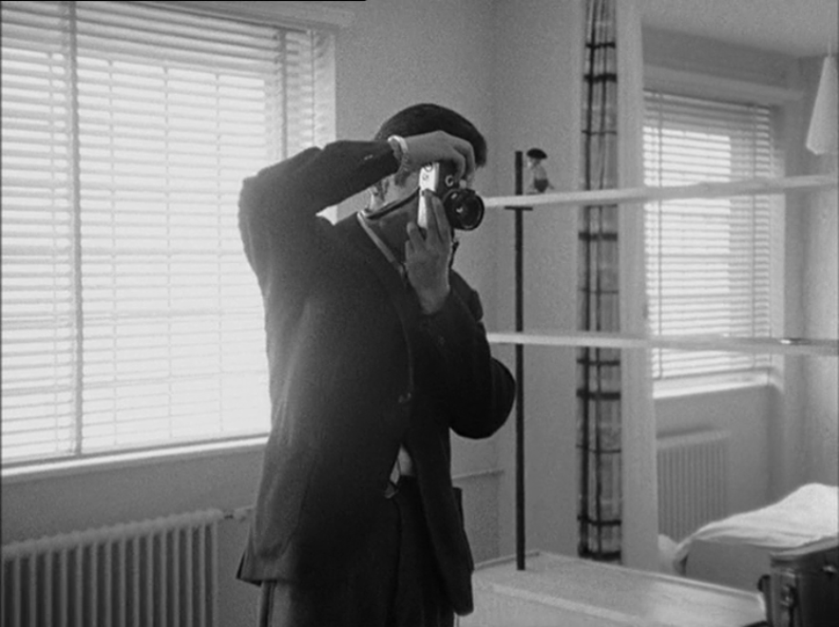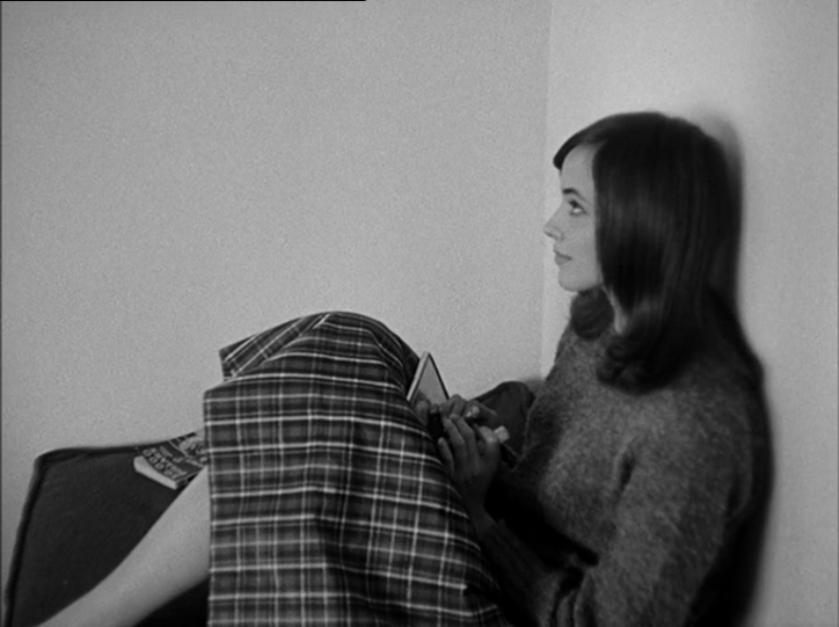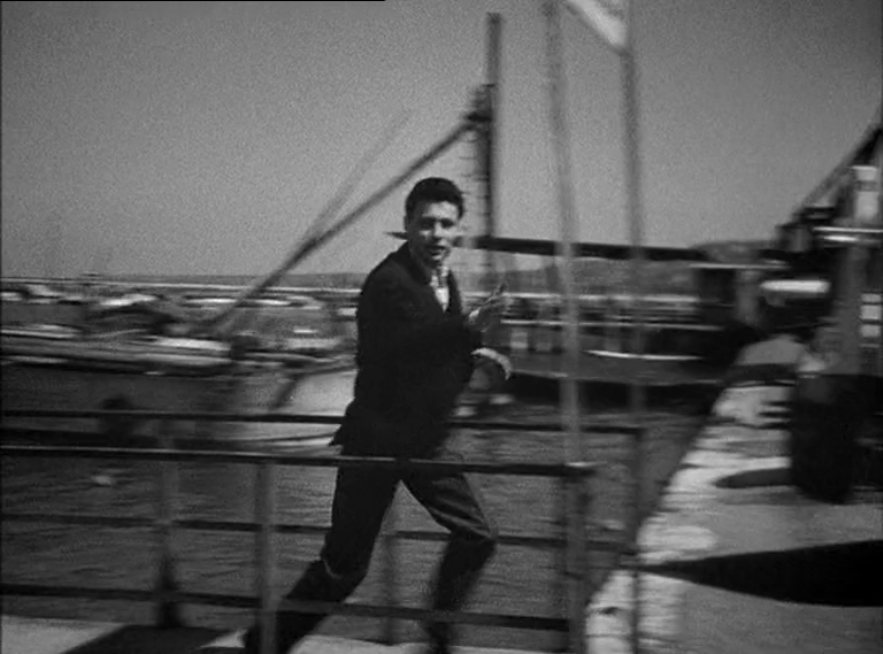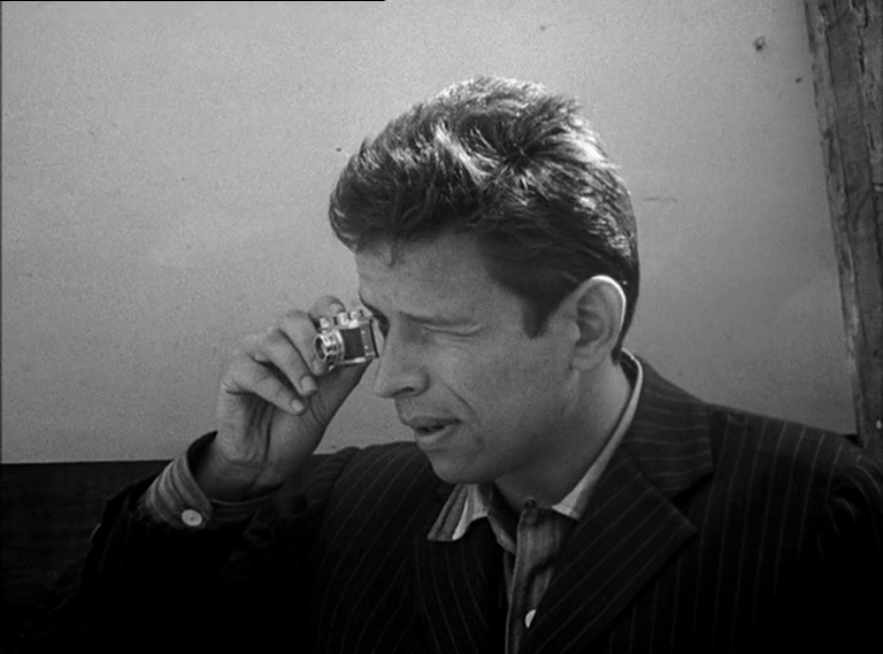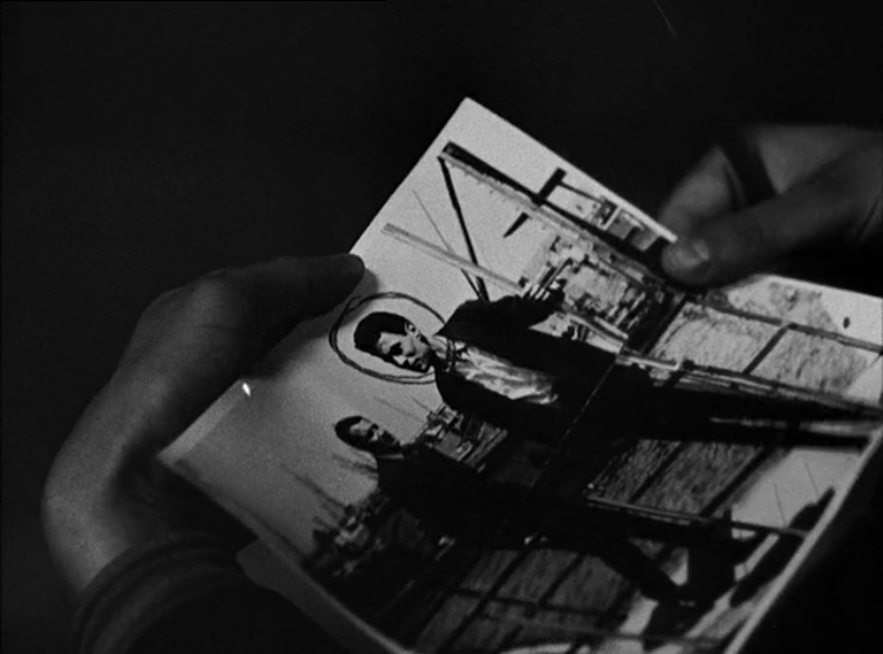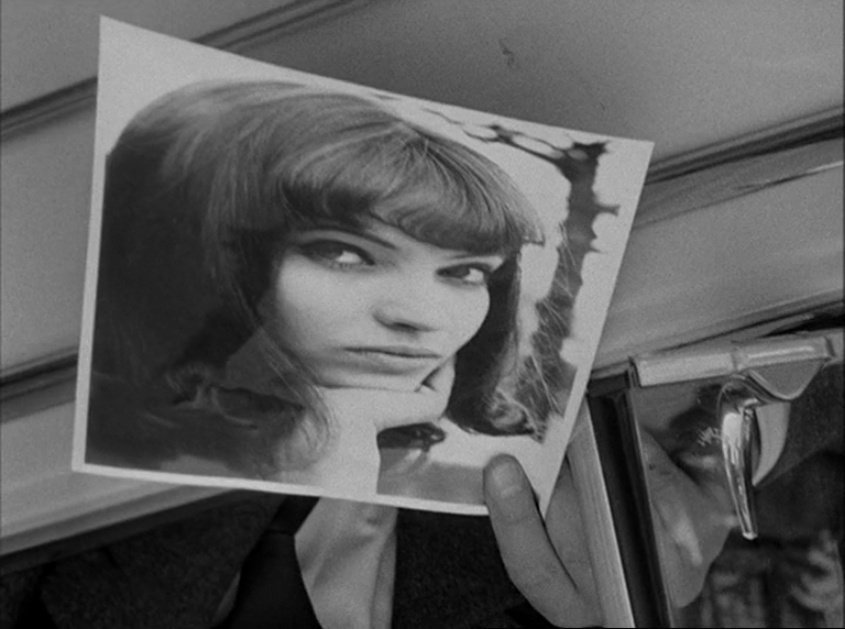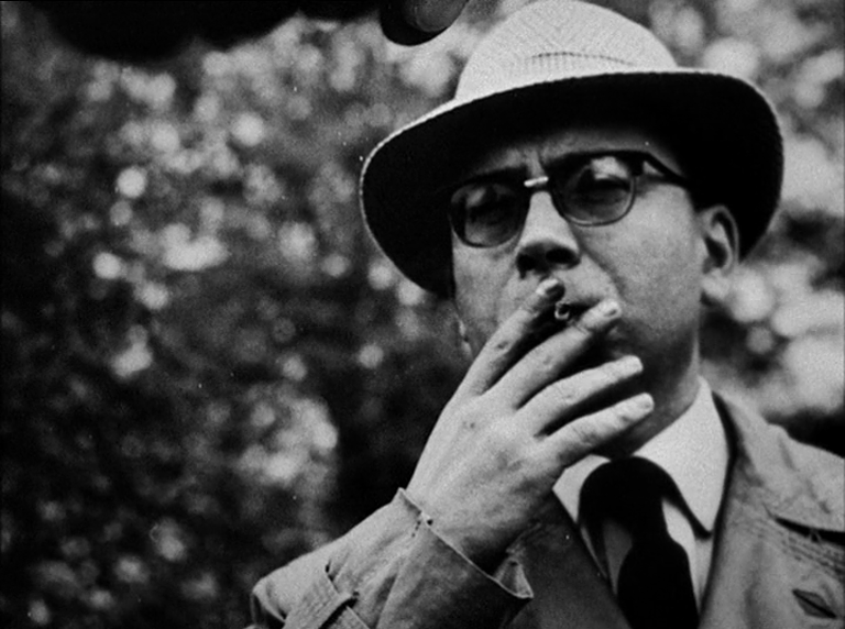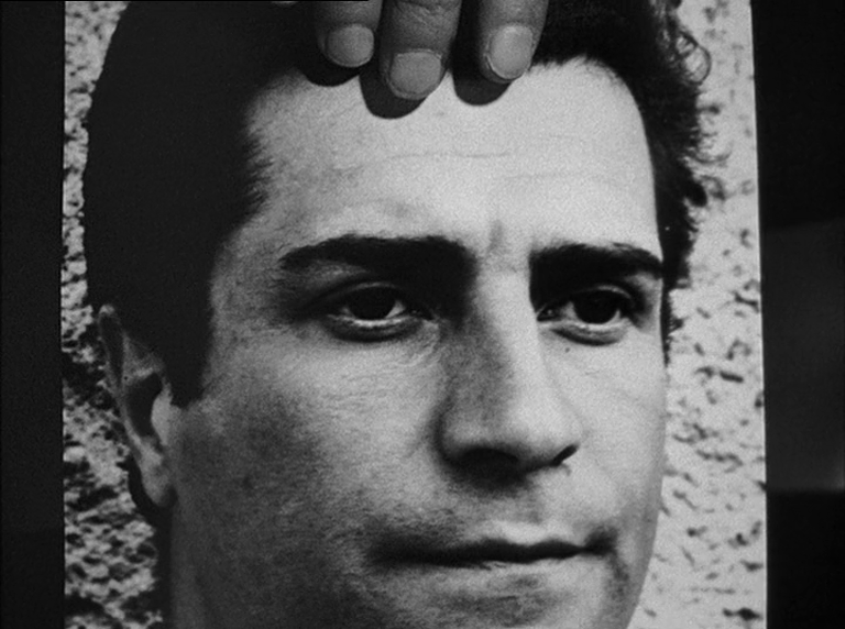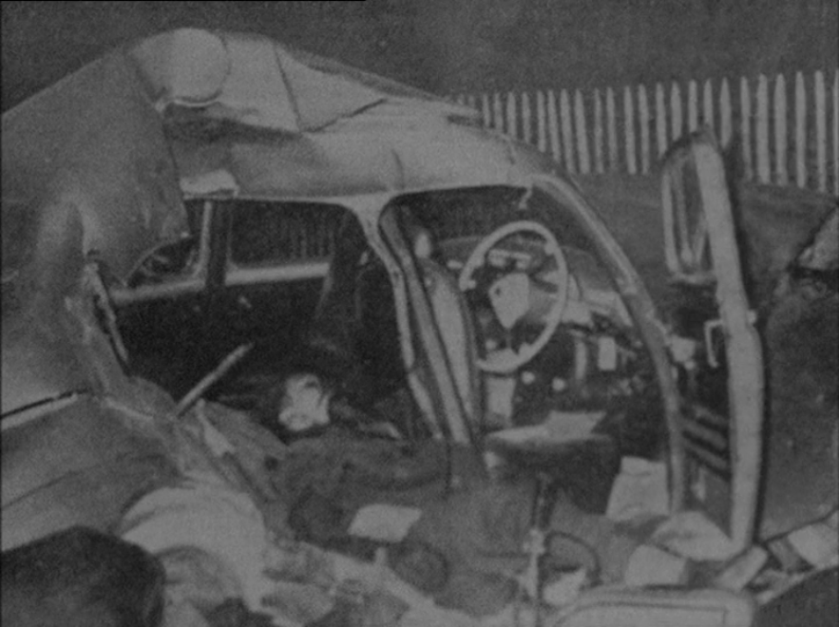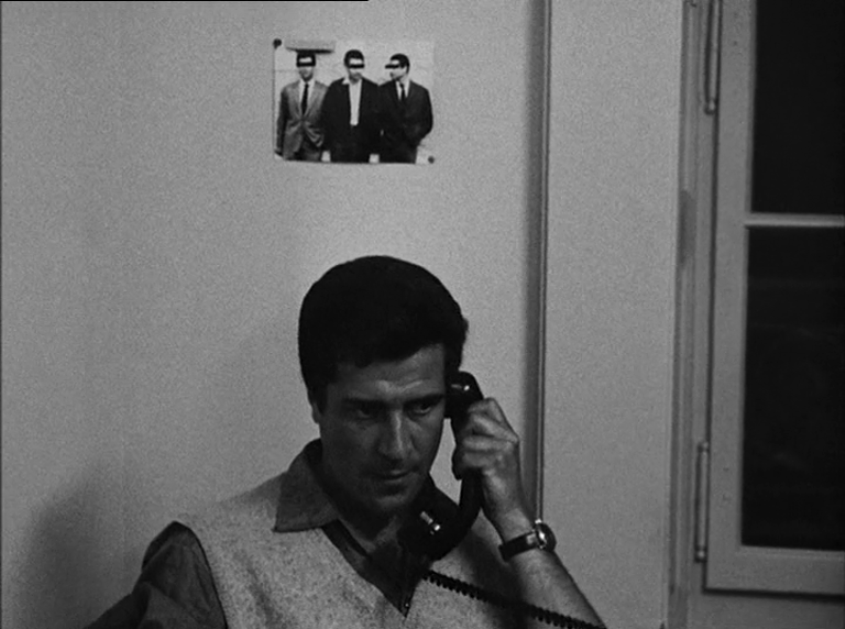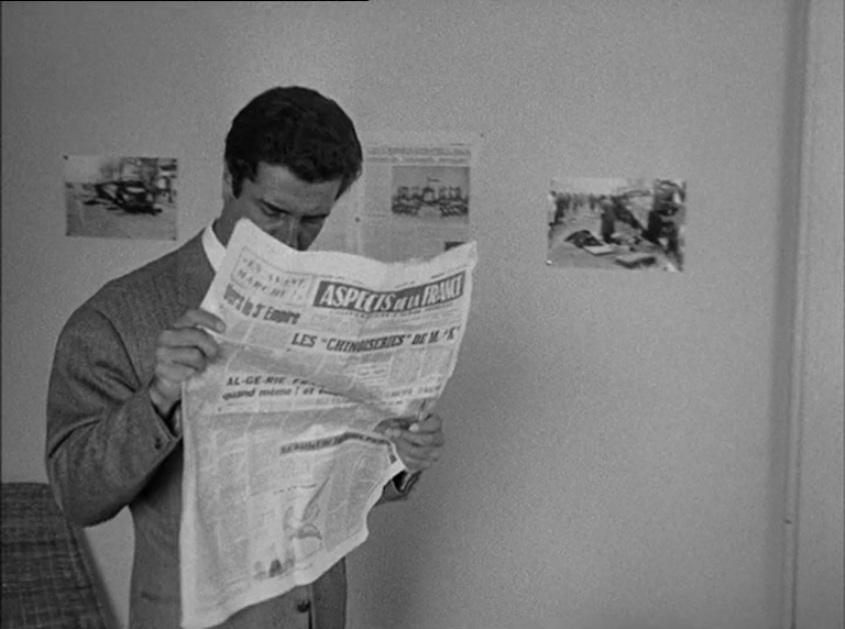the photographs on a photographer's wall - Geneva, 1960
Bruno Forestier, the protagonist of Godard's Le Petit Soldat, is a photographer. On the wall of his room at Geneva's Hotel Century he has pinned a number of photographs taken from magazines. The subjects of these photographs can be related thematically to the film's narrative situation, as above, where the newly formed couple Bruno-Veronika is positioned beneath an article from the magazine Jours de France headlined 'Fear has destroyed this couple':
|
The article is about the break-up of racing driver Stirling Moss's marriage to Katie Molson. Just above it, to the right, is an article from Paris Match with the phrase 'tragic night' in its headline, also readable as an ominous comment on Bruno and Veronika, who have just spent their first night together. That headline also refers to motor-racing - the photograph shows a Ferrari after a crash at Le Mans in 1958.
|
|
On the adjoining wall is a photograph of a man and a woman that I have not been able to identify. The man appears to be leading the woman, who is hiding her face. He may be arresting her. Any suggestions as to what the story is here would be much appreciated (here).
|
The other two images on that adjoining wall are less mysterious:
The first is a type of image common in popular photography magazines of the period, connecting us to the images seen in close up in Godard's previous film A bout de souffle, where the protagonist had been flicking through a copy of Bunny Yeager's Photographing the Female Figure:
With the second, a Paris Match cover from March 1957, the connection to A bout de souffle is more obvious. This is Jean Seberg, photographed by Willy Rizzo just before she was to appear in Preminger's Bonjour Tristesse.
There are two other female film stars on the wall of the photographer's room in Le Petit Soldat. An April 1960 cover of the Italian magazine Epoca shows Annette Stroyberg, who had just starred, as Annette Vadim, in her husband Roger's film of Les Liaisons dangereuses, and would be appearing shortly in Et mourir de plaisir, also by Vadim:
Stroyberg had been groomed by Vadim to be a replacement for his previous wife and star, Brigitte Bardot. Bardot also appears on the photographer's wall in Geneva, on a March 1960 cover of an English magazine.
|
I'm not sure why both of Vadim's wives are a part of this display, though the second of them was Danish, like Anna Karina, so an analogy might be being drawn between the Vadim-Stroyberg couple and the Godard-Karina couple. Vadim and Stroyberg had broken up by this point, Godard and Karina had not yet come together.
There is a connection between Bardot and the actor playing the photographer in Le Petit Soldat. Michel Subor would star with Bardot in the 1961 Vadim film La Bride sur le cou. The film had been in preparation since 1959 (though not yet with Vadim as director) and it may be that the Bardot image in Subor's room is an in-joke of sorts. |
Here are Subor and Bardot on the set of La Bride sur le cou:
Racing drivers and film stars are outnumbered on the photographer's wall by images of political upheaval and conflict. The voice-over narration appears to identify the locations of some of them, as they are registered by the camera: 'A few snapshots from the four corners of the world passed before me as in a bad dream: Panama, Rome, Alexandria, Budapest, Paris...'. But the narration is not an exact fit. When Rome is mentioned we see the cover of Epoca showing Annette Stroyberg, who had no particular Italian connection; moreover Epoca was based in Milan, not Rome. When Panama is mentioned we see this photograph:
But this is Egypt, not Panama. More exactly, it is part of a photograph of the French journalists Jean Roy (left) and Jean Nolli carrying a wounded child to safety in Port Said:
The photograph appeared in Paris Match in November 1956, illustrating an article about the death of Jean Roy and Magnum director David Seymour while they were reporting on the conflict in Egypt (the article is transcribed here). The photograph we see when the narration says Alexandria looks like it could be from that conflict, but I haven't found a source yet:
The mention of Paris is accompanied by an image of a man on fire:
This is from the November 1956 protests against the Soviet invasion of Hungary, outside Communist Party offices on the rue de Châteaudun.
Most of the remaining photographs on the wall relate to Hungary. From a November 1956 issue of Paris Match come these photographs by John Sadowy, showing the capture and execution of police officers:
From the same issue of Paris Match there is this half of a photograph by Jean-Pierre Pedrazzini:
Pedrazzini died in November 1956 from wounds received while reporting on the uprising in Budapest.
Also from Paris Match are these Soviet troops and tanks:
Also from Paris Match are these Soviet troops and tanks:
And this is Hungarian water polo player Ervin Zador, injured in a match against the Soviet Union at the 1956 Melbourne Olympics:
This photograph on the wall looks like it belongs among the images of contemporary conflict, but in fact it is a frame from L'Espoir, André Malraux's docu-fiction about the Spanish Civil War, shot in 1938 and released in 1945:
On the photographer's bedside table is a copy of Malraux's novel La Condition humaine, recounting Communist insurrection in 1920s Shanghai, supplying a cultural and political parallel to the image from L'Espoir and to the film Le Petit Soldat as a whole:
On the same table is a January 1960 issue of Popular Photography, and on the wall by the bathroom is the cover of that magazine's 1960 annual:
These publications are there as accoutrements of the protagonist's profession; they add nothing, I think, to the intertextual mix.
Bruno Forestier has decorated his hotel room with photographs mostly torn from magazines, mostly from Paris Match. There is no implication that these photographs are his own work. I did think for a while that they might be the work of the film's cinematographer Raoul Coutard, who had worked as a photographer for Paris Match, but he seems only to have worked in the Far East. Here are some photographs he took in Thailand and Vietnam in the 1950s:
Bruno Forestier is ostensibly a news photographer - he works for the Compagnie Française d'Information. We see him photographing on two occasions in the film, but we don't see any photographs he has taken:
He is himself photographed by the man who will later kidnap him, and we see the photograph:
There are three more photographs taken especially to feature in the film:
In the folder containing the latter two there are photographs of agents who, according to the fiction, died under torture by the FLN. To me these look more like archival photographs than images confected for the film:
My guess would be that they date from WW2 and show either resistants or collaborators, which would fit with comparisons made in the film between that period and the Algerian war. If you recognise these images please let me know.
The photograph used to illustrate the invented story of a terrorist bomb in Geneva is more obviously a found image, though again I have not been able to find a source:
The photograph used to illustrate the invented story of a terrorist bomb in Geneva is more obviously a found image, though again I have not been able to find a source:
Lastly, there are these photographs pinned to other walls that I need help identifying:
All suggestions gratefully received, here.
